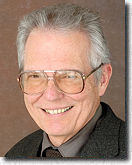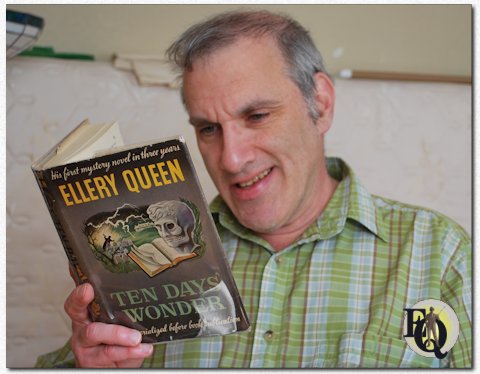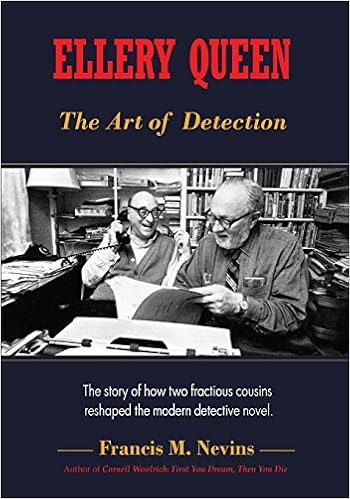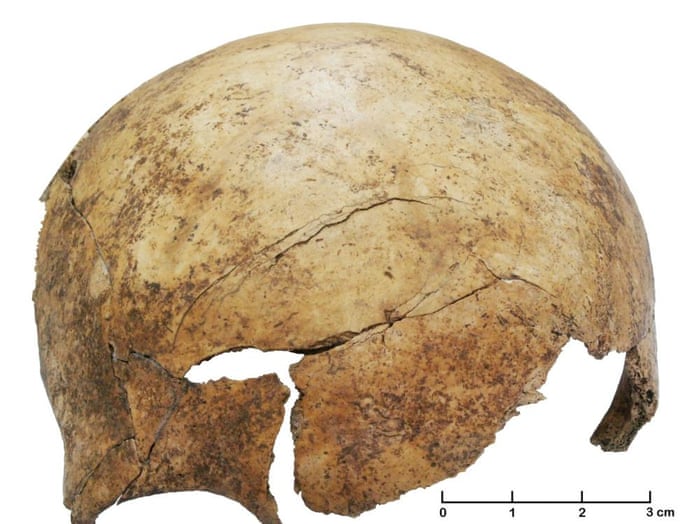[T]he only rule … I know, [for writers] is that they write and they write some more and then they write still more and they keep on writing …
Frederic Dannay
Carroll College, Waukesha, Wisconsin
17 April 1979
Quoted in My Life with Ellery Queen
by Rose Koppel Dannay
[A] pastiche is a serious and sincere imitation in the exact manner of the original author.
Frederic Dannay
(writing as Ellery Queen)
A picnic is more than eating a meal, it is a pleasurable sate of mind.
DeeDee Stovel
Picnic: 125 Recipes with 29 Seasonal Menus
Picnic: 125 Recipes with 29 Seasonal Menus
 |
| Josh Pachter, Francis (Mike) Nevins and Yours Truly (animation courtesy of Google+!) |
 In his own blog First You Write, Mike has summed up the importance of Rose Dannay’s influence on Frederic Dannay succinctly: “It’s not going too far to say that Rose saved Fred’s life.” Dannay’s second wife had just died when he met Rose. Mike writes that at that meeting Rose found a broken man winding down his life, and Mike concludes that “[t]hat is what Rose saved him from.” Their marriage endured until his death, over the Labor Day weekend of 1982, at age 76.
In his own blog First You Write, Mike has summed up the importance of Rose Dannay’s influence on Frederic Dannay succinctly: “It’s not going too far to say that Rose saved Fred’s life.” Dannay’s second wife had just died when he met Rose. Mike writes that at that meeting Rose found a broken man winding down his life, and Mike concludes that “[t]hat is what Rose saved him from.” Their marriage endured until his death, over the Labor Day weekend of 1982, at age 76.
In her later years Rose Dannay penned a memoir, originally privately published, entitled My Life with Ellery Queen chronicling her years with Dannay. The slim volume necessarily offers little insight into the early years of Ellery Queen, or into the life of Manfred B. Lee, the other half of the Queen duo, since Lee was gone by the time Rose entered Dannay’s life. But the book, which I read during Mike’s visit, is nonetheless a rich narrative of Dannay’s final years. And -- lucky us -- while the book has long been unavailable to the general public, within days all of that will change when it is re-issued together with a new (and lengthy) introduction written by Mike.
 But enough of the past (well, sort of). One of the great things about the on-line age in which we live is the ease with which we can each reach out and connect with those whose interests we share. Those of us who are still Ellery Queen fans may be few in number, but among us the interest in Queen runs deep. And Mike’s short swing through Washington, D.C. afforded an opportunity for three of us to spend a great evening together in my backyard.
But enough of the past (well, sort of). One of the great things about the on-line age in which we live is the ease with which we can each reach out and connect with those whose interests we share. Those of us who are still Ellery Queen fans may be few in number, but among us the interest in Queen runs deep. And Mike’s short swing through Washington, D.C. afforded an opportunity for three of us to spend a great evening together in my backyard.
I knew of Josh Pachter before last week but we had never met, even though he lives in nearby Herndon, Virginia and teaches communications and human studies at equally nearby Northern Virginia Community College (where he is also an Assistant Dean). Josh is, however, an old friend of Mike’s and that proved the only catalyst needed in order to complete a "three musketeer" gathering. All three of us have not only read and studied the works of Ellery Queen, we have also each contributed our own works featuring, or inspired by Ellery.
Josh had his first short story published in EQMM at the tender age of 16, and has authored several Ellery Queen parodies, including "E.Q. Griffen Earns His Name" (EQMM December 1968), "E.Q. Griffen's Second Case" (EQMM May 1970) and "The German Cologne Mystery," co-written with Jon L. Breen and featuring Celery Green and his father, Inspector Wretched Green, (EQMM September/October 2005). Josh hints that he is working on yet another E.Q. Griffen story and hopes to share it with the reading world in 2018, the fiftieth anniversary of the publication of his first E.Q. Griffen escapade. His most recent work is the short-story collection The Tree of Life (Wildside Press, 2015), available in paperback and (as The Mahboob Chaudri Mystery Megapack) in e-book format.
Mike Nevins has authored four novels, many short stories, and a number of non-fiction works offering up his take on mysteries and mystery writers. He has edited countless mystery anthologies and has won two Edgar awards, one for Royal Bloodlines, his first biography of Frederic Dannay and Manfred B. Lee, and the second for First You Dream, Then You Die, focusing on the literature of Cornell Woolrich. And Mike is also famous, among other things, for his seminal Ellery Queen pastiche, “Open Letter to Survivors,” (EQMM May, 1972), which spins its narrative riff from the following passage that appears in Ellery Queen’s Ten Days’ Wonder: “. . . there was the case of Adelina Monquieux, [Ellery’s] remarkable solution of which cannot be revealed before 1972 . . . .” In addition to his upcoming introduction included in the newly re-published Dannay biography referenced above, Mike’s next work, They Called the Shots, a retrospective on Hollywood directors he has known, will be published by Ramble House within the next few weeks. Among his most recent works is the 2013 retrospective Ellery Queen -- The Art of Detection, an updated and definitive companion piece to Royal Bloodlines.
 |
| Kurt Sercu and me last year (doing a pictorial "one-off" of the cover of Mike Nevin's The Art of Detection) |
So the dinner cast was set and the evening was predictably great.
But let’s be greedy. Who else could have been added to make that back yard dinner even better? Well my list of wished-for attendees would include the following:
But let’s be greedy. Who else could have been added to make that back yard dinner even better? Well my list of wished-for attendees would include the following:
Kurt Sercu, my friend, erstwhile collaborator and the proprietor of the aforementioned Ellery Queen website where, incidentally, you can read about all of the actual attendees in Kurt’s section discussing Ellery Queen pastiches and parodies. Kurt, who I first met on the internet in 2002, has three times made the trip across the pond from his native Belgium and knows my backyard well. Had he been here this time he could have shared stories with Josh in Flemish -- among his other accomplishments, Josh is fluent and has frequently translated mysteries from Dutch to English.
 |
| Joseph Goodrich |
 |
| Douglas Greene |
 |
| Jon L. Breen |
 |
| Arthur Vidro |
 |
| Jeffrey A. Marks |
Now THAT would have been a party!
(Most of the links and some of the graphics, above, are courtesy of Kurt's website Ellery Queen -- A Website on Deduction. Always worth a visit, folks!)
(Most of the links and some of the graphics, above, are courtesy of Kurt's website Ellery Queen -- A Website on Deduction. Always worth a visit, folks!)

























